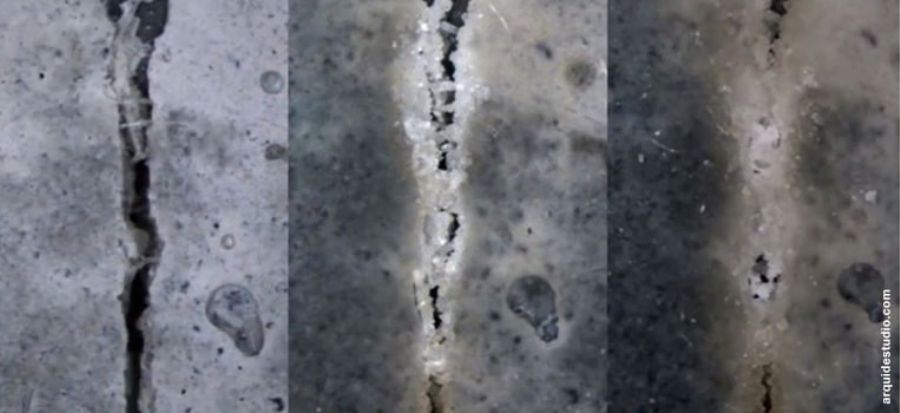Have you ever heard of bio-cement? You will be amazed!
All of us know that concrete is the most widely used construction material. Every year, cement equivalent to Mount Everest’s volume is used in construction projects. These volumes and volumes of cement contribute to an increase in global climate footprints. There is carbon dioxide emitted in huge volumes. Did you know that the cement used as an agent for binding in concrete accounts for over 5 percent of the global emissions of greenhouse gases? Well, the story does not end here. There is more to it.
Limestone used in producing cement contributes to the release of GHGs in huge volumes. Do you know how? When limestone is superheated to 1450 degrees through a process of calcination, there is uncontrolled emission of carbon dioxide. We know reading all this has scared the daylights out of you, and we pledge to make your day better. What if we said that a neo-living substance is all about saving our planet? Yes, you heard that right. The bio cement – bacteria-based concrete may not be used yet for every building application, but it can reduce global emissions. Relieved, are you? Let’s find out more about this miracle concrete.
The magic lies in the constituents
The bacteria-based concrete comprises two distinct bacteria, finely milled limestone and sand. The mixture is further mixed with bacteria’s nutrients, urea, and water. You must be thinking this concrete also contains limestone then how is the concrete different? Well, this concrete skips the heating process. Instead of the limestone being heated, the addition of the specific bacteria generates acetic and lactic acid. These two acids reduce the mixture’s pH value and release carbonate and calcium ions while partially dissolving limestone. The bacteria also create an enzyme that splits the area, which causes the pH to increase. Eventually, there is a formation of calcium along with crystals of calcium carbonate. It is these crystals that become the binding agent in the concrete.
A wet mixture of sand reproducing copies
Do you know where you can find calcium carbonate? This rigid compound can be found in seashells, pearls, and rocks. However, this concrete’s beauty is that it uses photosynthetic bacteria that absorb nutrients, sunlight, and carbon dioxide to produce CaCo3. Scientists went about growing the bacteria in a warm saltwater mixture with other nutrients besides combining it with gelatin and sand. On pouring the mixture inside a mold, it was left to cool for the gelatin to set. After the gelatin cooled down completely, it was able to prop up bacterial growth further. As a result, the soft sludge turned into a harder substance in a day. Since the entire process is bacteria-dependent, the bacteria will help in building the bricks. With the bacteria keeping alive, more bricks to be produced later on.

Advantages of the bacterial concrete
- It will self repair the cracks without the involvement of an external aide.
- Compared to the usual concrete, the flexural and compressive strength in bacterial concrete is more.
- The bacterial concrete will resist freeze-thaw attacks.
- With this new concrete, the permeability will reduce.
- There will be a reduction in the concrete’s permeability.
- This concrete will reduce steel’s corrosion due to the formation of cracks. Moreover, it will enhance the steel-reinforced concrete’s durability.
- This material could prove beneficial for construction in hostile environments like deserts and even space.
- This concrete is the low-carbon alternative to the traditional concrete we have been using. Hence, it will absorb the greenhouse gases during building construction instead of releasing them.
- It will extend the lifespan of structures while significantly improving them. Carbon footprint will reduce besides the overall cost to build the structures.
- The bacteria will induce self-healing methods that will reduce the scope of repairs required because of disruption.
- Oxygen induces corrosion, but bacteria live on oxygen. Hence, instances of breakdown will reduce.
Parting thoughts
Though researchers are yet to recognize the BioZEment’s potential, this bio-cement certainly can be the future of our new buildings. It can be an exceptional alternative to traditional concrete as it exerts zero negative impacts on health. Also, bacteria have a positive effect on the concrete’s strength. Therefore, say goodbye to cracks and wait till this prodigious cement rules the world.





























